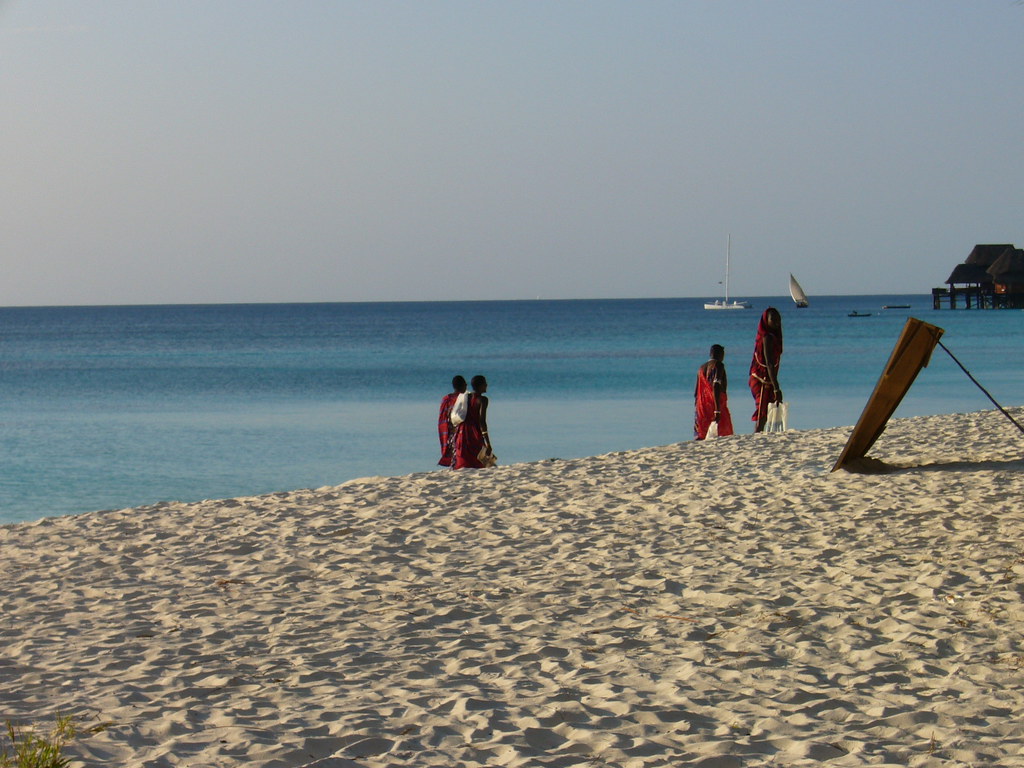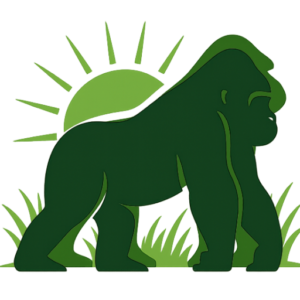What Are the Best Months to Go to Tanzania?
Tanzania is one of Africa’s most diverse and breathtaking safari destinations, offering everything from the endless plains of the Serengeti to the snow-capped peaks of Mount Kilimanjaro and the white-sand beaches of Zanzibar. Choosing the best time to visit depends on what you want to experience—whether it’s the Great Wildebeest Migration, wildlife photography, mountain trekking, or a relaxing coastal getaway.
Thanks to its varied geography and tropical climate, Tanzania can be visited year-round, but each season offers a different kind of beauty. Here’s a detailed look at the best months to travel and what you can expect during each period.
The Dry Season (June to October) – The Best Time for Safaris
The months from June to October are widely considered the best time to visit Tanzania, especially for wildlife safaris. This is the long dry season when the weather is warm, the skies are clear, and animals are easier to spot as they gather around rivers and waterholes.
Why It’s the Best Time
-
Excellent wildlife viewing: With vegetation thinning out, animals are more visible across parks like Serengeti, Tarangire, and Ruaha.
-
The Great Wildebeest Migration: Between July and September, millions of wildebeests and zebras cross from Tanzania’s Serengeti into Kenya’s Masai Mara—a breathtaking spectacle of nature.
-
Perfect weather: Dry, sunny days (average highs of 25–30°C) make for comfortable game drives and clear photography.
-
Low mosquito activity: The lack of rainfall reduces mosquito presence, making it an ideal season for travelers concerned about malaria.
This period is also peak tourist season, so advance bookings for lodges and camps are highly recommended.
The Short Rain Season (November to December) – Lush Landscapes and Fewer Crowds
After months of dryness, light rains return around November and December, bringing a refreshing green to Tanzania’s landscapes. These “short rains” usually come in brief afternoon showers that rarely disrupt safaris.
Why Visit During This Time
-
The parks are greener, quieter, and less crowded, creating perfect conditions for photography and peaceful exploration.
-
Birdwatchers will find this season exceptional as migratory birds arrive from Europe and Asia.
-
In the southern Serengeti, herds begin moving toward Ndutu in preparation for the calving season.
This shoulder season offers great value, with lower rates on accommodations and safari packages, yet plenty of wildlife action still unfolding across the parks.
The Green Season (January to March) – Calving Season and Dramatic Wildlife Action
From January to March, Tanzania enters the lush “green season.” This is one of the most rewarding times to visit for wildlife enthusiasts and photographers, especially in the southern Serengeti and Ndutu plains, where the Great Migration’s calving season takes place.
Why It’s Worth Visiting
-
Over half a million wildebeest calves are born in just a few weeks, attracting predators like lions, hyenas, and cheetahs in thrilling numbers.
-
The scenery is spectacular—rolling green plains, blooming flowers, and crystal-clear skies.
-
It’s a great time for birdwatching and wildlife photography, as dramatic weather and baby animals create perfect subjects.
This is also an excellent season for climbing Mount Kilimanjaro, as the weather is relatively dry and visibility is clear.
The Long Rainy Season (April to May) – Quiet, Green, and Affordable
The long rains arrive between April and May, marking Tanzania’s wettest period. Heavy downpours are common, especially in the afternoons and evenings, but they bring out a lush vibrancy in the landscape that’s unmatched any other time of year.
Reasons to Consider This Season
-
Dramatically lower accommodation and safari prices, ideal for travelers seeking value.
-
The parks are empty and peaceful, offering solitude and uninterrupted photography opportunities.
-
The scenery is breathtaking—thick green grasslands, wildflowers, and dramatic skies.
While some remote lodges may close due to flooding, the northern circuit (Serengeti, Ngorongoro, Tarangire) remains accessible, and game viewing can still be rewarding for those willing to brave the rain.
Best Time for Specific Experiences
-
Great Wildebeest Migration:
-
Calving Season (Ndutu & Southern Serengeti): January – March
-
Grumeti River Crossings: May – June
-
Mara River Crossings: July – September
-
-
Climbing Mount Kilimanjaro:
-
Best months: January – March and June – October
-
-
Zanzibar Beach Holidays:
-
Best months: June – October and December – February (warm, dry, and perfect for swimming).
-
-
Birdwatching:
-
Peak season: November – April when migratory birds arrive.
-
Summary: When to Go
| Season | Months | Best For | Highlights |
|---|---|---|---|
| Dry Season | June – October | Safaris, migration, hiking | Best wildlife visibility, low malaria risk |
| Short Rains | November – December | Fewer crowds, greenery | Good prices, active wildlife |
| Green Season | January – March | Calving, photography | Wildebeest births, predator action |
| Long Rains | April – May | Budget travel, solitude | Lowest prices, vibrant scenery |
Final Thoughts
Tanzania is a destination that shines in every season. Whether you go for the wildebeest migration in July, the newborn calves in February, or the tranquil green landscapes in May, there’s always something spectacular waiting.
If you’re after classic game viewing and dry weather, plan your trip between June and October. For a quieter, greener, and more budget-friendly safari, January to March and November to December offer equally magical experiences.
Whichever time you choose, Tanzania’s wild heart beats year-round — promising golden sunsets, untamed beauty, and moments that will stay with you forever.





